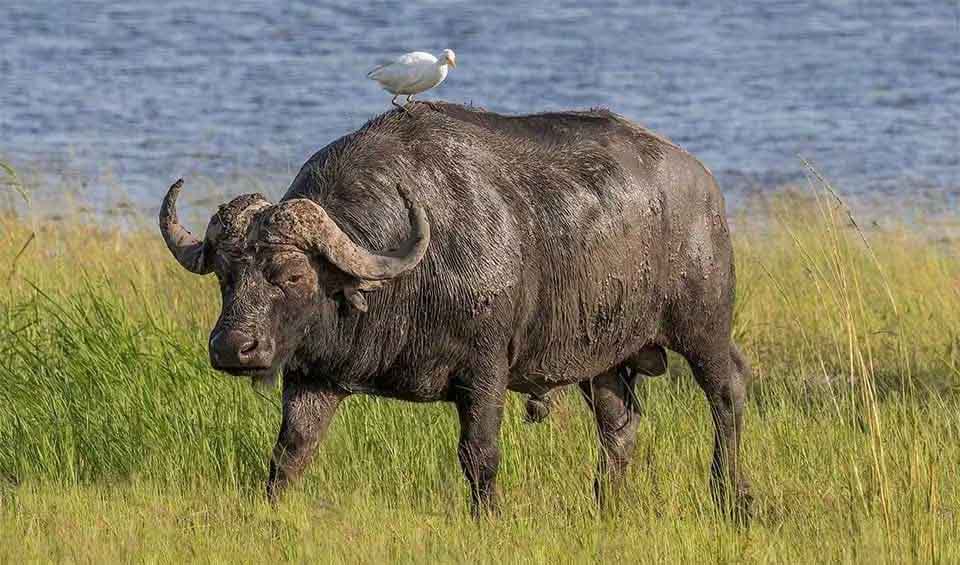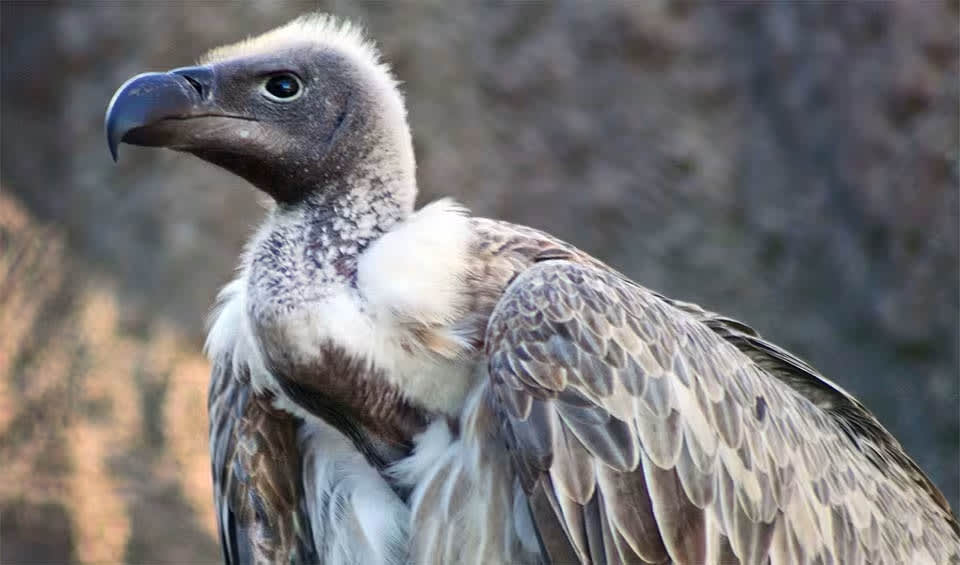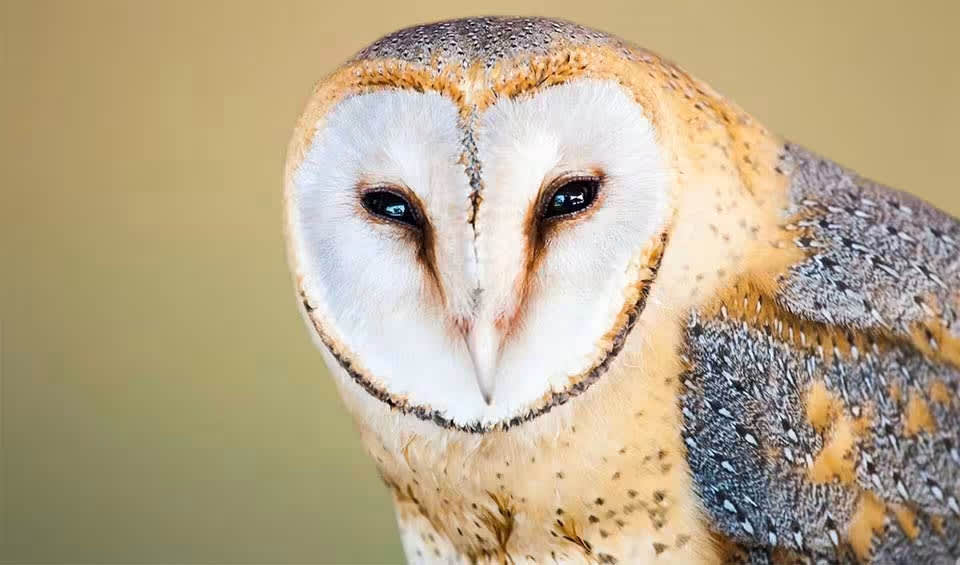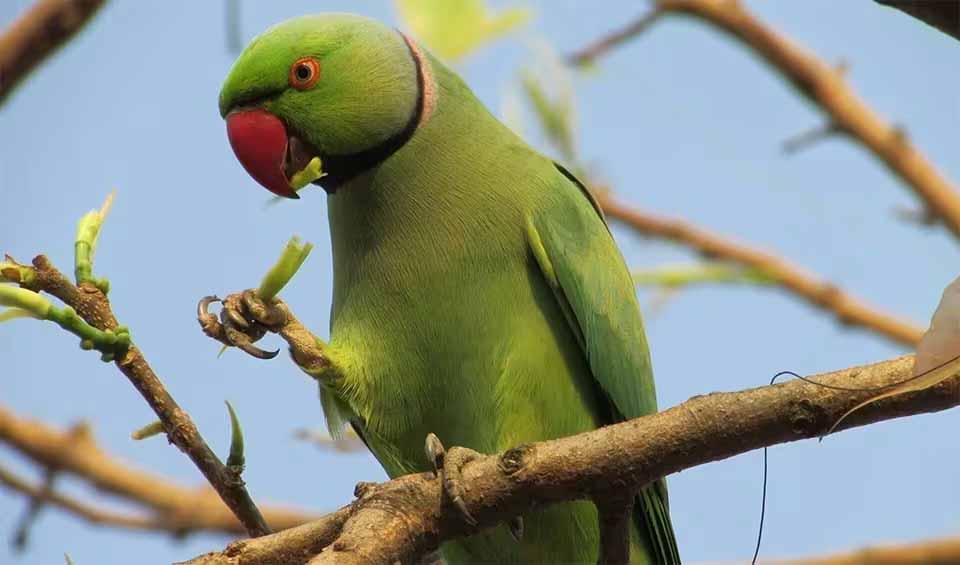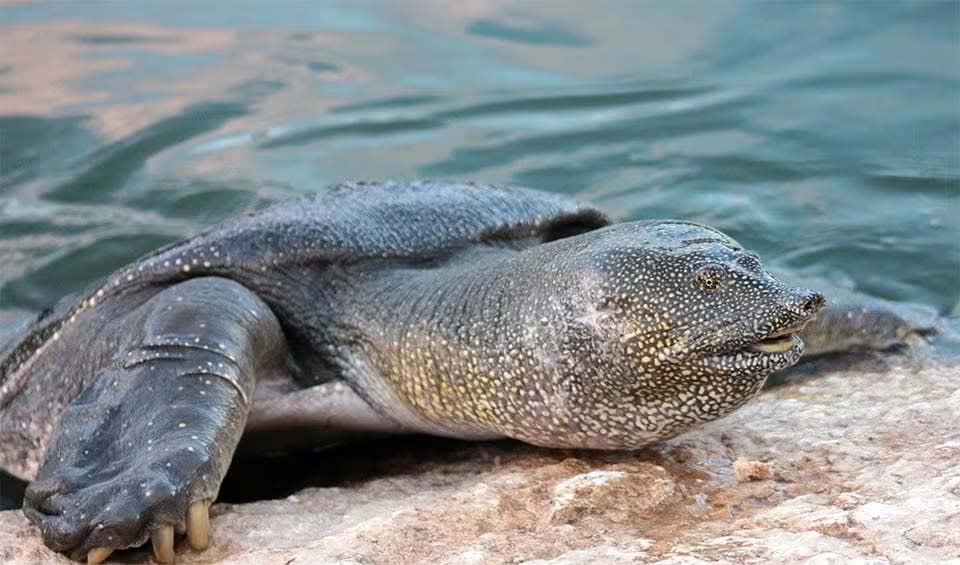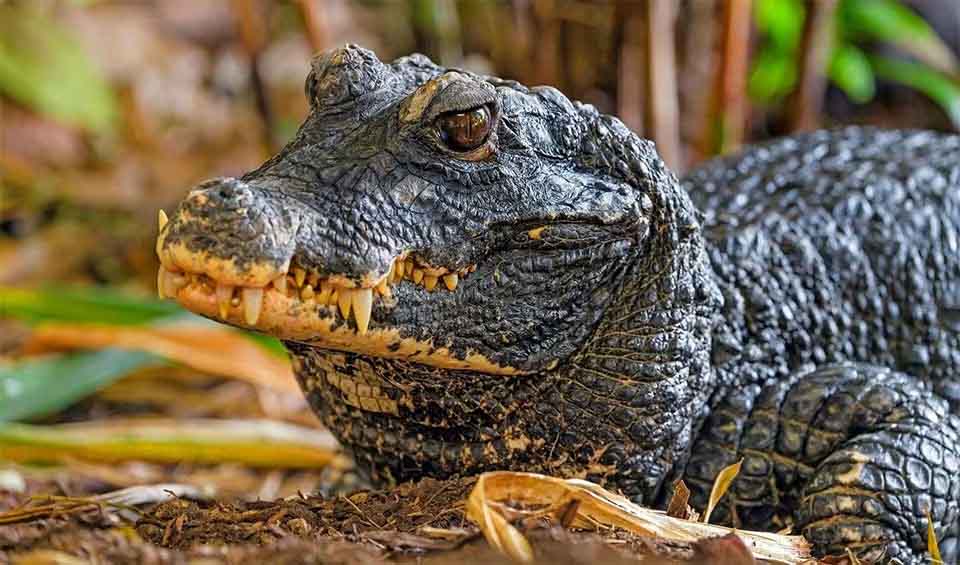Sierra Leone, a small country in West Africa, is a haven of rich biodiversity with a variety of ecosystems ranging from rainforests and mountains to savannas and wetlands. It is home to more than 15,000 species of plants, abundant fish stocks, and a diverse array of animal life.
Agriculture plays a central role in the lives of its people, with approximately 80% of the population relying solely on farming for their sustenance. Notably, over 90% of the agricultural community grows rice, underscoring the crop’s importance to their food security and economic stability. This biodiversity hotspot thrives on its natural resources and the farming practices of its inhabitants.
Four pillars elaborated:
Sierra Leone is endowed with a diverse range of protected areas that encompass national parks, forest reserves, game reserves, and sanctuaries, collectively covering approximately 4.5% of the nation’s land area. These conservation zones are vital for preserving the rich biodiversity of the region. Among the most prominent of these protected areas are the Gola Rainforest National Park, which houses an extensive rainforest and is inhabited by chimpanzees, pygmy hippos, and over 300 bird species; the Outamba-Kilimi National Park, celebrated for its chimpanzee rehabilitation efforts and home to a wide array of wildlife including elephants, lions, and buffalo; and the Tiwai Island Wildlife Sanctuary, a unique island refuge accessible only by boat that provides sanctuary to chimpanzees, various monkey species, and a multitude of bird species. Land Management
Land Management
Human activities have significantly impacted the natural ecosystems and resources of Sierra Leone. Historically, forests covered 70% of the country, but now, less than 5% of mature forest remains. The biological diversity in Sierra Leone faces multiple threats including logging for timber, extraction of fuelwood, charcoal, and poles, and the trade in bushmeat and exotic pets. Threats to Biodiversity
Threats to Biodiversity
Additionally, slash-and-burn agriculture, mineral exploitation, civil conflict, over-fishing of marine resources, poorly conceived policies, conflicting governmental mandates, and widespread poverty all contribute to the degradation of the environment. The ten-year rebel war exacerbated these issues, accelerating the threat of extinction for some species and further damaging the biodiversity.
The Government of Sierra Leone has enacted several pieces of legislation to support the national implementation of biodiversity targets, tailored to various sectors such as agriculture, forest, and marine biodiversity. Among these, a significant agricultural law was established in 1946, known as “An Ordinance for the Control and Preservation of Agricultural Produce”. The government aims to increase funding for biodiversity conservation, seeking additional resources from bilateral donors, private sector contributions, and fees and royalties from biodiversity exploitation. These funds are intended for deposit into a National Biodiversity Trust Fund, with interest used for conservation efforts. Capacity and Governance
Capacity and Governance
Despite these initiatives, current biodiversity conservation activities lack coordination, and there is no cross-sectoral interaction among the relevant government ministries. Establishing a dedicated biodiversity unit could enhance capacity building across institutions through training and better utilization of existing resources, ensuring collaborative efforts in sustainable biodiversity use and conservation. Additionally, both international and national NGOs are actively implementing conservation programs in schools and communities, involving organizations such as the Environmental Foundation for Africa and the Conservation Society of Sierra Leone.
Sierra Leone’s National Biodiversity Strategy and Action Plan (NBSAP) is designed to set up and oversee protected areas, preserve vital ecosystem services, foster job creation via sustainable use of biodiversity, and enhance public education and awareness. The plan prioritizes projects that contribute to post-conflict rebuilding, sustainable land management, and the advancement of sustainable fishing methods. Furthermore, the NBSAP is focused on the protection and sustainable management of diverse ecosystems such as forests, montane grasslands, wetlands, mangroves, and marine areas. Future Trends
Future Trends
Biodiversity
Sierra Leone, recognized as one of the world’s biodiversity hotspots, is rich in a variety of plant and animal species. The country’s landscape is adorned with a diverse array of flora, from the towering trees of its rainforests to the delicate wildflowers that pepper its terrain, contributing to its vibrant ecosystems and rich biodiversity.Regarding its fauna, Sierra Leone hosts an impressive collection of over 761 species of mammals and birds, making it a paradise for wildlife enthusiasts. The country is home to majestic elephants, elusive leopards, and a colorful assortment of birds such as the African grey parrot and the hornbills, all contributing to the captivating natural spectacle that Sierra Leone offers.
In the table below are the number of known species in several main groups, how many of these species are Threatened with extinction, and how many of them are Endemic (unique to Sierra Leone only):
| Species (World rank) |
Threatened | % Threatened | Endemic | % Endemic | |
|---|---|---|---|---|---|
| Mammals | 204 (#56) | 22 | 10.8% | ||
| Birds | 583 (#58) | 17 | 2.9% | ||
| Reptiles | 100 (#90) | 9 | 9.0% | ||
| Amphibians | 59 (#52) | 3 | 5.1% | 1 | 1.7% |
| Fishes | 683 (#86) | 75 | 11.0% | 14 | 2.0% |
| Plants | 2,703 (#133) | 72 | 2.7% | 74 | 2.7% |
mammals
Olive baboon
The most wide-ranging of all baboons, native to 25 equatorial African countries
Hippopotamus
1.6 ton (1.5 tonne) + 48 km/h (30 mph) = what do you think?
African buffalo
They are also known as the “black death” or “widowmaker,” which says a lot about them – dangerous!
birds
White-backed vulture
Their highly acidic stomachs and powerful enzymes help break down and neutralize harmful bacteria and toxins present in the carcasses they feed on
Barn owl
The most cosmopolitan of owls with home ranges extending across the globe
Rose-ringed parakeet
If you ever forget the tune of a song, don’t worry; this bird has your back
reptiles
African softshell turtle
Instead of a bony shell, it has a flat, leathery covering that helps it glide smoothly through the water
Western green mamba
A lethal beauty of the West African forests
Dwarf crocodile
Timid nocturnal with broad snouts native to Africa, they are the smallest of all crocs
National Animals
Chimpanzee
Our closest living relative from the wild


